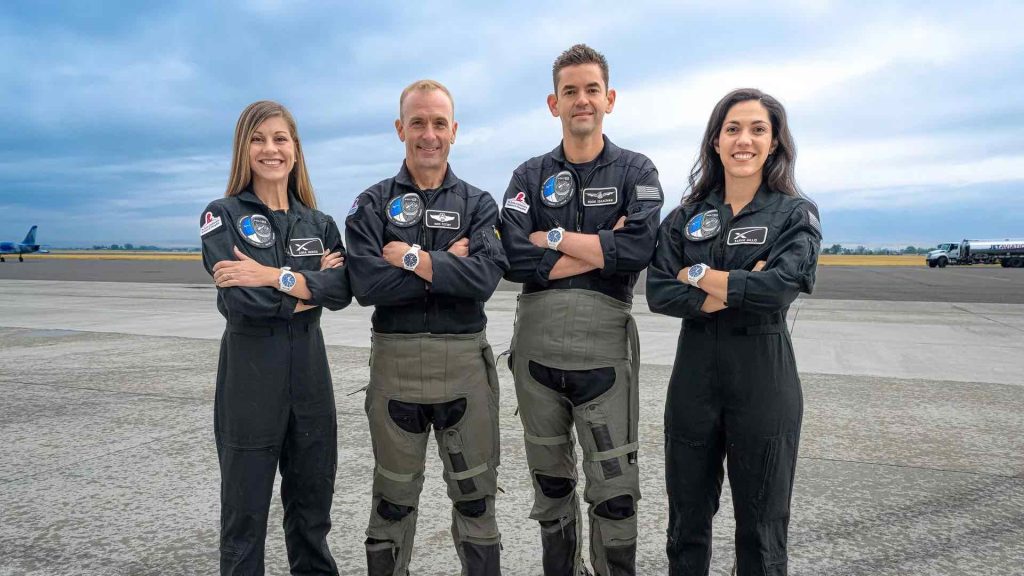After being postponed in October 2022, the private crewed space mission Polaris Dawn announced recently on Twitter that the launch, operated by SpaceX, is set for summer 2023.
1. Polaris Dawn
The flight will use the SpaceX’s Crew Dragon capsule and it will be the first of three planned Polaris missions and the eleventh crewed flight overall of Crew Dragon. The mission will try to reach the highest Earth orbit ever flown, with its furthest point at around 1,400 kilometers over the planet, aiming for a record-breaking orbit. The previous record of 1,368 kilometers was set by Gemini 11 in 1966.
“Our program’s North Star is to push the boundaries of what’s possible in spaceflight and inspire individuals to look up to the stars, with an ever-present focus on tackling difficult challenges on Earth,” states the Polaris Program website. “With Polaris Dawn on the horizon and future Polaris missions set to follow, we are excited to follow those goals toward a greater future on Earth and in space.”
2. Groundbreaking goals
More than breaking records in orbit height, the Polaris Dawn mission is also tasked with other groundbreaking goals. These include performing the first extravehicular activity (EVA) for a commercial mission in which a civilian astronaut spacewalks outside a craft. For this complex task, the astronauts will use for the first time a SpaceX’s EVA spacesuit. Polaris Dawn also will test Starlink laser-based communications systems in space. In particular, the team is due to provide the Starlink space-based internet network to 100 schools in Chile and Brazil, improving internet connectivity for deprived communities.

3. Scientific research
The team will also conduct scientific research designed to advance both human health on Earth as well as improving our understanding of how long-duration spaceflights impact health, since it is well known that astronauts who spend much time in space are likely to develop health issues, including blindness and muscle atrophy. To assess the space impact on the human body, astronauts will use wearable technology such as contact lenses that monitor changes in the shape of astronauts’ eyeballs, and ultrasonic devices that measure the crew’s physiology and biometrics during launch and after splashdown.













